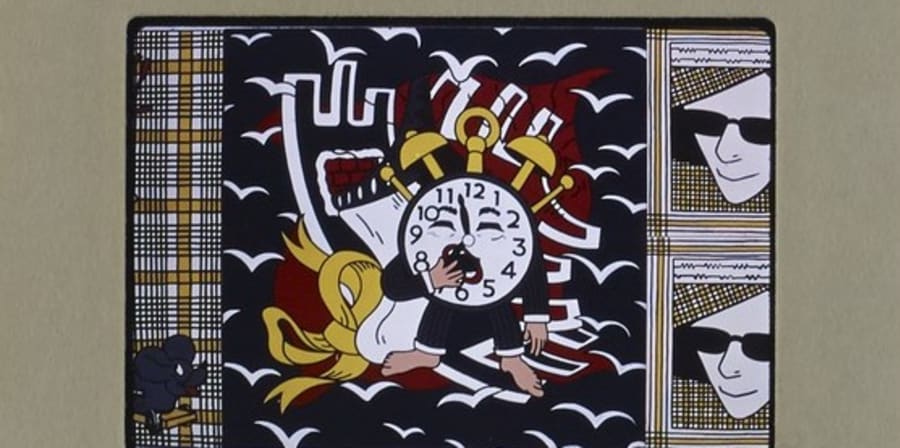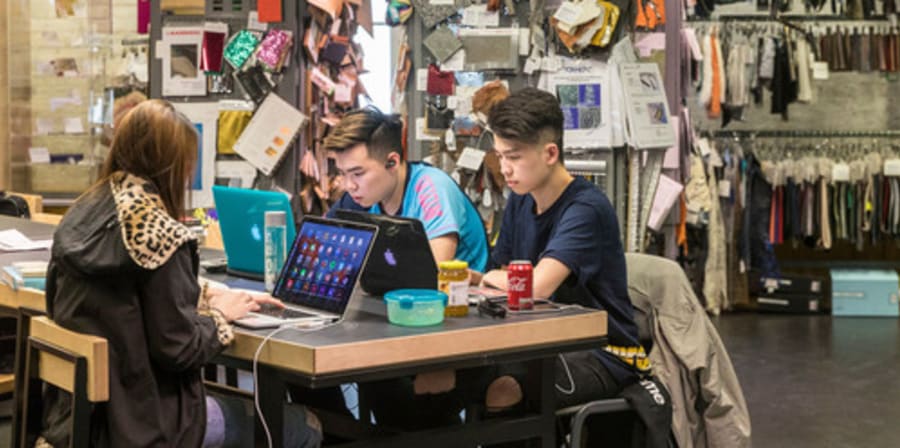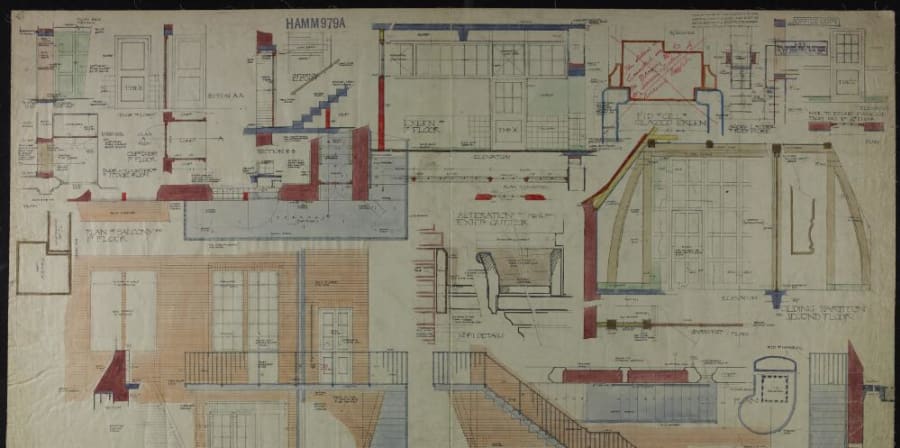Maybe you are getting to a point in your course where you are looking ahead to a research project. Perhaps you are thinking about using archives for the first time.
Plan your research and start early. This goes for any research project, but particularly with archives.
Here are some top tips to get you started and a bit about why it can be useful.

Top tip: Plan your time
Organise your research time, and look at some secondary sources about your subject before you contact the archive.
Why?

- Archives are usually made up of primary sources.
- It may be more efficient to look at some secondary sources first (e.g. books, journal articles, web resources).
- You may find some of the information you are looking for is easier to access in a secondary source, than in a primary source.
- For example, you can borrow a book from a library or view an article online.

It might also prepare you to better understand the archive material.
- This will empower you with greater knowledge when looking at the archives.
- Sometimes in the archive you can end up sifting through large numbers of documents.
- If you don’t understand something of the broader context, then they may not make much sense.

It will also help you to better form your research questions
- Perhaps there is information you have read elsewhere that you would like to see if there is evidence for in the archive.
- Or it might be that you cannot find the answer to your question in secondary sources, so you want to look at a primary source to go further.

You don’t have to do this, of course. You can start with the primary source.
- Some people prefer to request some material from the archive to see what they find in it, leaving it almost to chance what they receive.
- If you are looking for inspiration, this can be a good thing to do
- But if you are looking for answers to a particular question, you may find this method frustrating and time consuming.

Top tip: Find out opening hours and how to book
- What times the archive is open
- If you need to make an appointment to see material
Why?
- It is quite common archive services will have special times or ways to access material because there is limited space in the search room for multiple visitors at one time.
- There may also be limited hours so that the staff have time for other tasks such as managing the collections or running events/teaching.
- At UAL Archives and Special Collections Centre, we are open for research appointments Monday - Friday, 1pm - 4pm.
- We recommend you book appointments with us in advance. During term time we are often fully booked at least one week ahead.

Top tip: Request the material in advance
Why?
At UAL, we ask that you request your material in advance.
- It will save you time on the day, if the material you are interested in seeing is ready for you when you arrive.
- At UAL you can request up to 10 ‘file’ or ‘item’ level records for one appointment.
- You will probably find you will not have time to go through much more than this within the time of your appointment

Our catalogue can be searched online and we have created some videos to help you with searching.
- But if you are still stuck you are more than welcome to email us for advice or pop in during our opening hours Monday - Friday, 1pm - 4pm to ask for help.
- There is also a computer that you can use on the day of your appointment to look at the catalogue, or to plan for your next session.
- If you are not sure if we have what you are looking for, or you are unsure about anything, contact the archive.
- It is important to add here, if an archivist asks for more information about your research project, it is not because they are judging the 'value' of your project: It is usually just to help you to find what you are looking for as best they can!

Top tip: Let us know if you cannot attend your appointment, we may be able to offer the appointment to someone else.
Why?
- It is kind to your fellow colleagues and researchers to do so, as we are in high demand!

Top tip: When booking your appointment, let us know in advance if you have any access needs.
Why?
- We can help prepare to make sure your visit is as smooth as possible, including if you require an alternative route or method of access to get to our search room.
- Whatever your access needs are, just ask, and we will do all we can to facilitate, or let you know where we cannot.

Top tip: Find out also if there is anything you need to bring with you on the day.
Why?
- For security reasons many archives and libraries like to register their users. Some services ask for proof of address.
- At UAL, you don’t need anything other than your student card.
- If you are an external visitor, we just ask that you bring some form of ID.
- If you have not visited us before, we will ask you to fill in a short form on arrival.
- We will also explain our other search room rules then, as part of that process.
Find out more
For appointments and other questions about the archive please contact us at archive-enquiries@arts.ac.uk.
The images of archive material shown in this blog are accessible on our new platform Digital Collections, which gives you a sample of the kind of things you can find in our archives and special collections.
You may also want to check out our pages on Libguides.
And for current students at UAL you can also attend one of our Academic Support Sessions on using archives.
Researching with archives can be fun and really rewarding. Hopefully the above tips will help you. But if you don’t trust our advice, you can also ask Chat GPT about researching with archives, as in this recent blog by Archives Hub!

